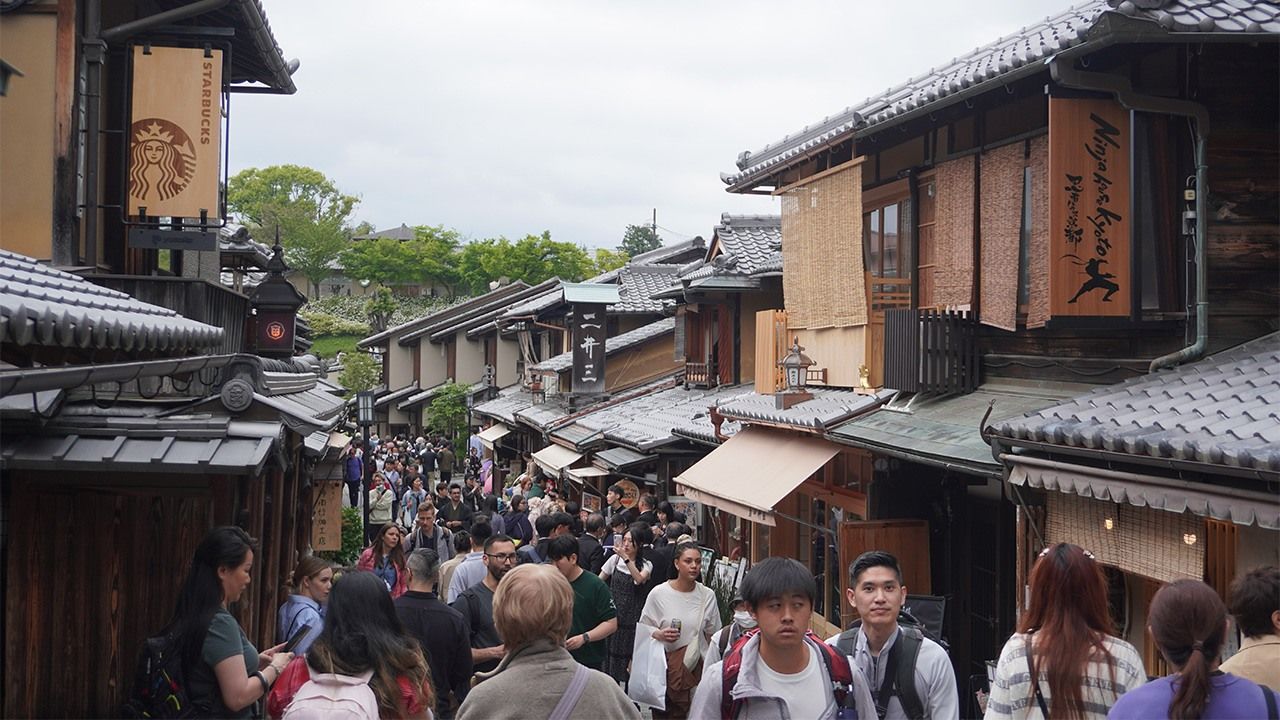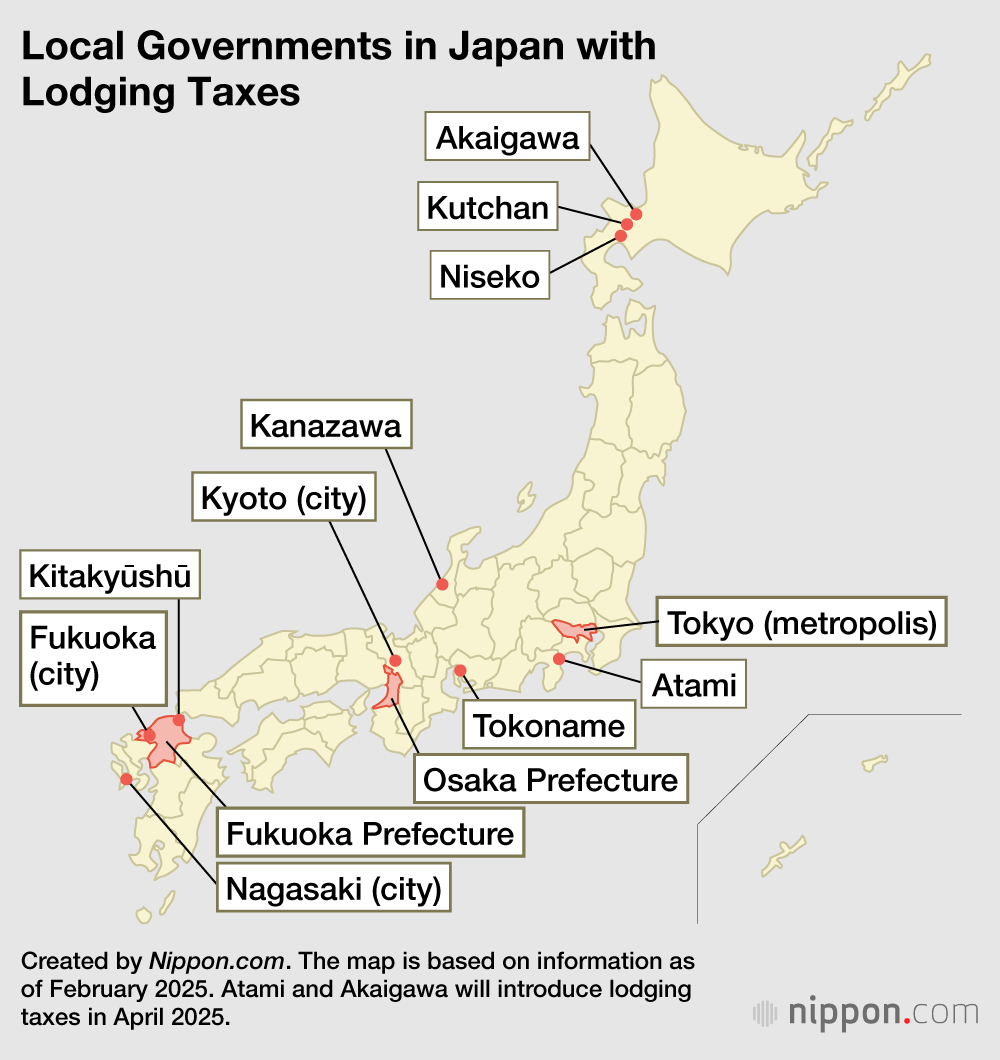
Kyoto Targets Big Spenders with Lodging Tax Hike
Guide to Japan Society- English
- 日本語
- 简体字
- 繁體字
- Français
- Español
- العربية
- Русский
The city of Kyoto introduced a lodging tax in 2018. This is a tax of between ¥200 and ¥1,000 per night that is charged to guests at any hotel, traditional inn, or other accommodation located in the city. Due to a recent surge in international visitors, the city’s overtourism problem has worsened, with more overcrowded tourist areas and greater traffic congestion. As a way of covering some of the expenditures necessary to alleviate this crowding and solve problems related to the increase in tourists, the municipal government plans to hike the lodging tax.
The table below compares the current lodging tax with the proposed revisions. For stays at luxury hotels or traditional inns that cost ¥100,000 or more per night, the tax will increase tenfold, to ¥10,000. The changes are set to come into effect from March 2026. According to the city, its revenue from lodgings reached a record high of ¥5.2 billion in 2023. This annual revenue is expected to rise to ¥12.6 billion following the tax increase.
Kyoto City Lodging Tax
| Current rate | Revised rate (from March 2026) | |
|---|---|---|
| Under ¥6,000 | ¥200 | ¥200 |
| ¥6,000–¥19,999 | ¥200 | ¥400 |
| ¥20,000–¥49,999 | ¥500 | ¥1,000 |
| ¥50,000–¥99,999 | ¥1,000 | ¥4,000 |
| ¥100,000 and over | ¥1,000 | ¥10,000 |
Tax exemptions, such as for students on school excursions, will remain after the revision.
Municipalities can levy a lodging tax with the approval of the minister of internal affairs and communications. Tokyo introduced a tax in 2002, and Osaka Prefecture did the same in 2017. By April 2025, 13 local governments nationwide had introduced lodging taxes. The highest rate at present is ¥2,000 in the town of Niseko in Hokkaidō, while the lowest rate is ¥100, but the rate revision in Kyoto will introduce a significantly higher tax.
Nearly 50 more municipalities across the country are considering the introduction of a lodging tax. Most of these are located in areas heavily frequented by foreign tourists, such as Hokkaidō, Nagano Prefecture, the Mount Fuji area in Yamanashi Prefecture, the Ise-Shima region in Mie Prefecture, and Okinawa.
(Translated from Japanese. Banner photo: Tourists packed into the Ninenzaka area of Kyoto’s Higashiyama Ward in April 2024. © Jiji.)

